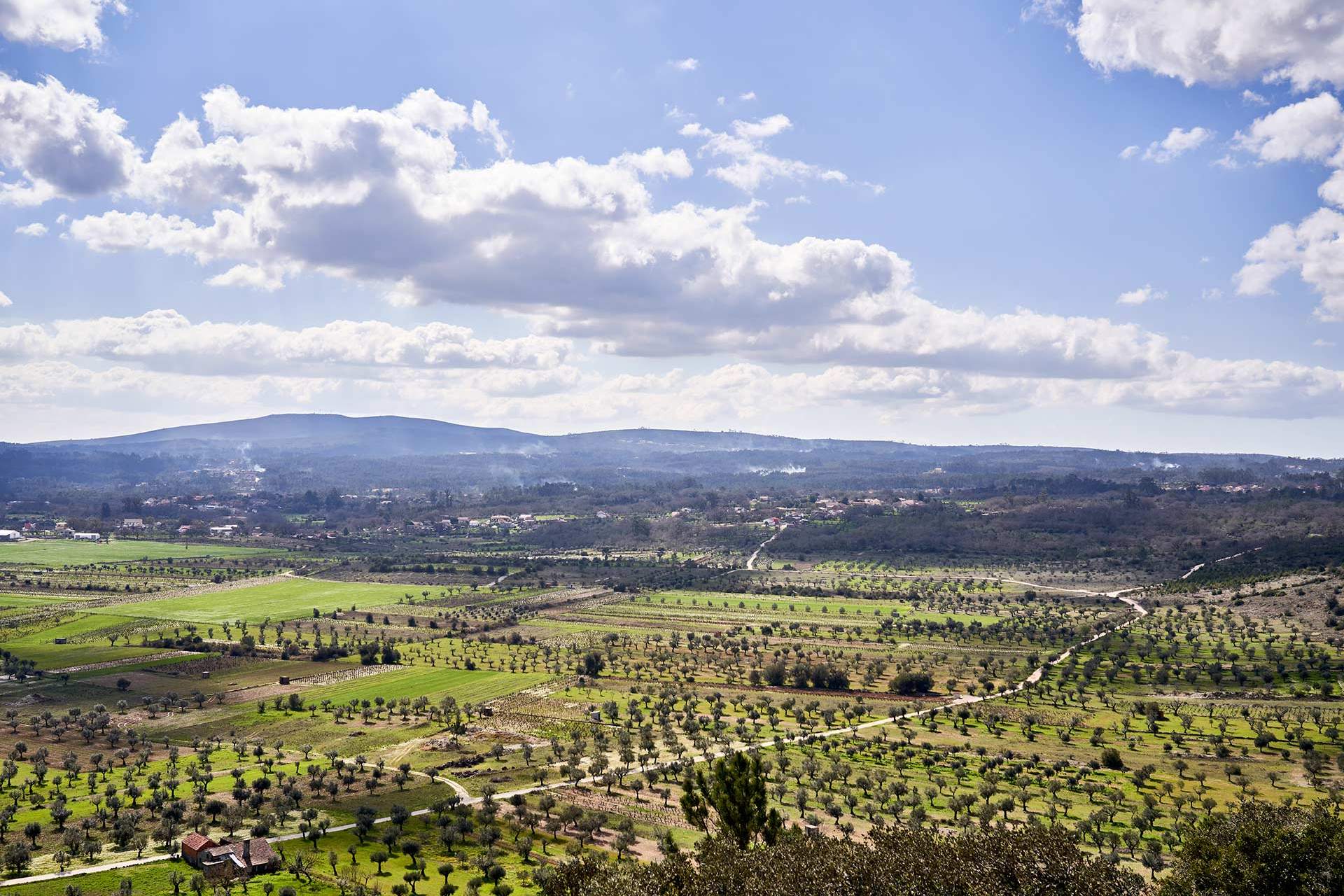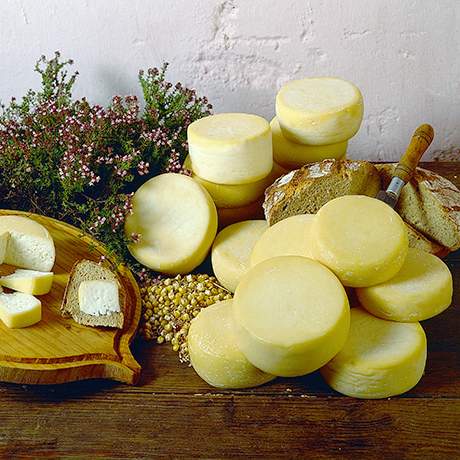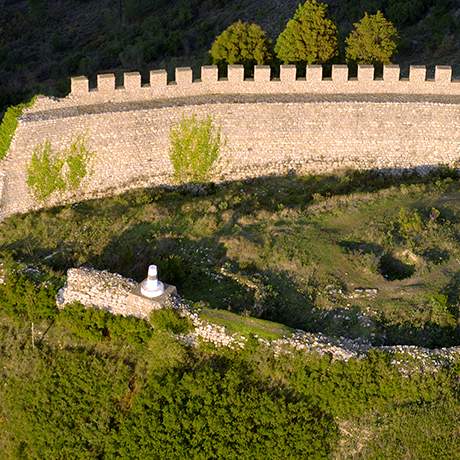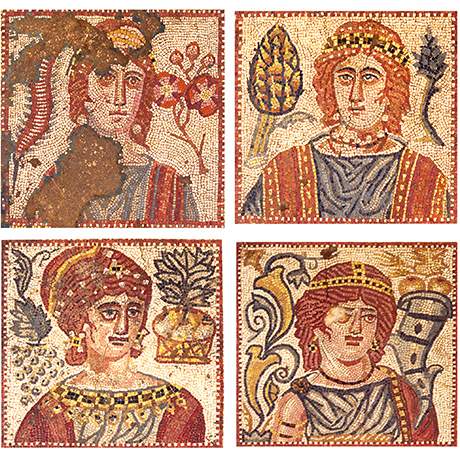
Find other stages here
-
19.5 Km
-
05h30
-
Difficult
-
300m
-
Earth and Asphalt
The Rabaçal Valley accompanies us at this stage. Crossed by the Roman Lisbon-Braga road and the original Way of St. James, it is characterised by dry fields, where vine and olive trees - some of which are centuries old and located along the route - stand out. The flocks that punctuate the landscape give rise to the famous Rabaçal cheese.
Stopping at Rabaçal is a must, not only because of its Roman Villa but also because of the ascent to Germanelo, castle of King D. Afonso Henriques (12th century) and couto de homiziados (a location which, during the Middle Ages, benefitted from special privileges, providing sanctuary from tax and judicial authorities, due to the need to populate the outer frontier regions of the Portuguese territory), with an astounding view. From Alvorge to Vila de Ansião we pass through rural lands and historical settlements. Alvorge is such an example, with an Ethnographic Centre as its main attraction.
Here you can opt to get to Ansião through the alternative route via Santiago da Guarda (11 km), which stands out for the uniqueness of its heritage. In the village of Granja you will find the Chapel of Our Lady of Orada, the ruins of a Jesuit Palace and the Fósseis de Sicó House Museum. Just a few kilometres up ahead, the Monumental Complex of Santiago da Guarda, heart of the municipality's heritage, testifies to the successive occupations of the territory, due to its late Roman Villa, a medieval tower and a sixteenth century palace.

Close
Search results for:
No results were found matching your search.
Information available soon.





